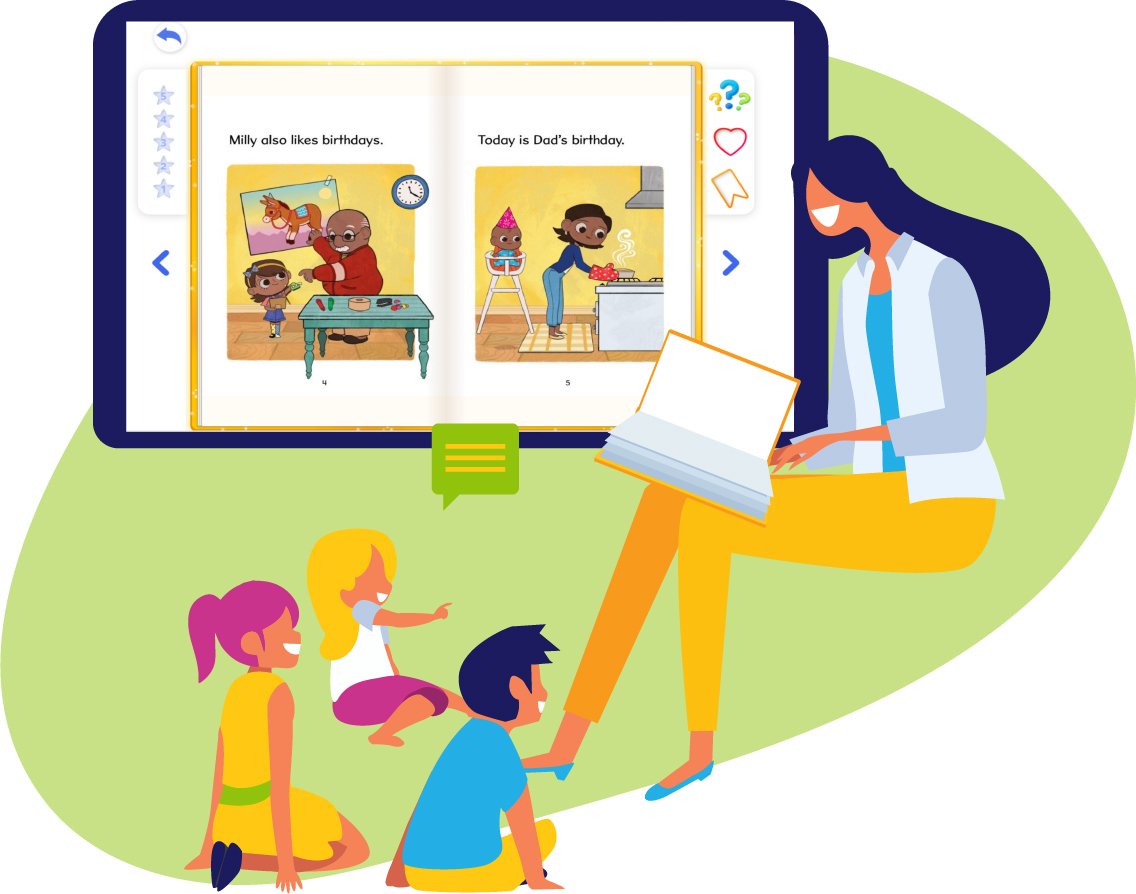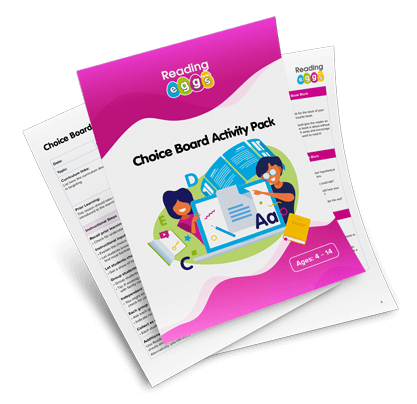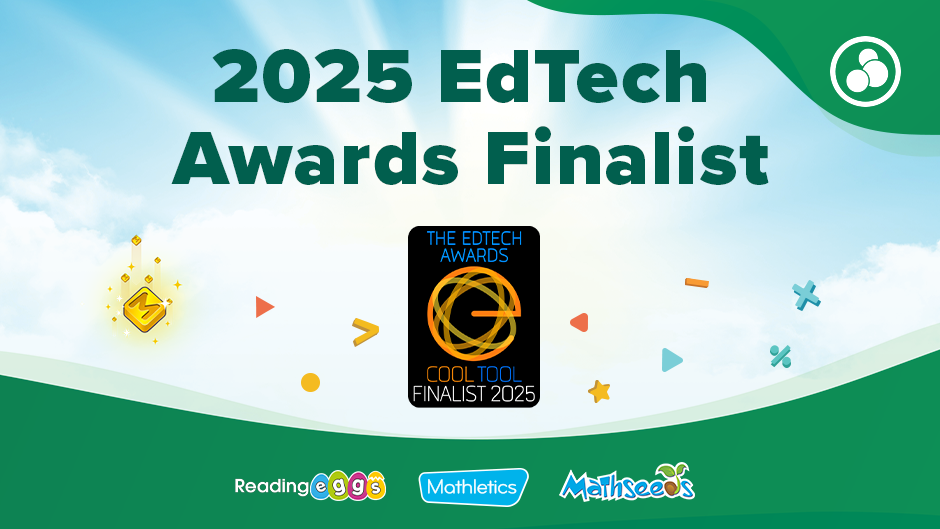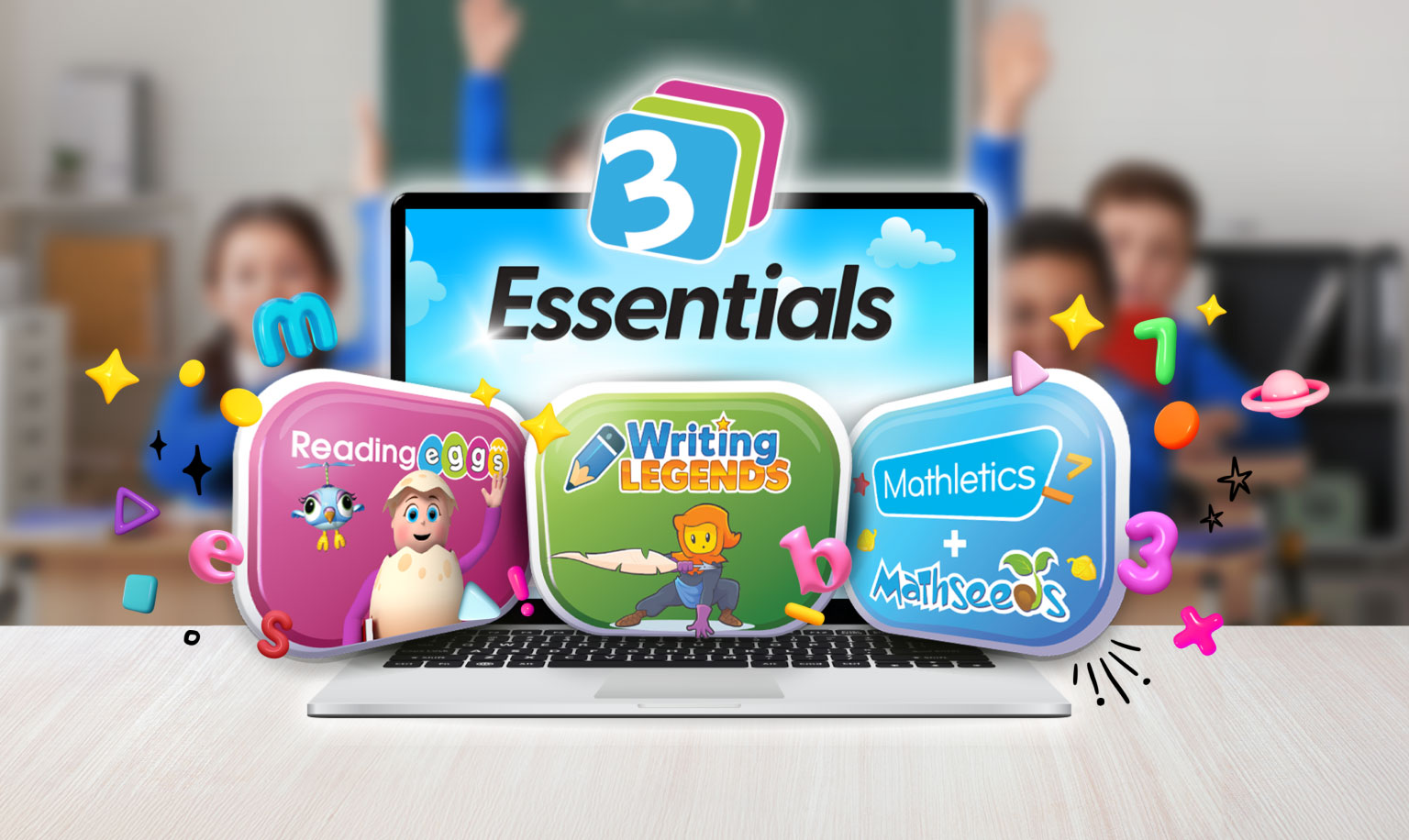
No matter your discipline, interests or teaching strengths, it’s essential for teachers to ensure their students are engaged in literacy.
First, because students are struggling with literacy. Second, because students need literacy to understand what they’re being asked.
Third, because students struggling with literacy will inevitably send incomprehensible emails.
And we reckon you don’t have time for that.
Luckily, introducing literacy into your classroom – whether you’re teaching anything from art appreciation to pure maths – is easy AND helps strengthen learning in your subject area.
Here are the most effective ways to help bring literacy into any classroom:
Use different media to reinforce your text
In the same way strong houses are made from a variety of materials, literacy can be reinforced through different media.
Bringing it into the classroom
- Use imagery or video to introduce the text
Some kids’ imaginations and visualisation need a helping hand. Images and videos can give a new layer of experience to bring to text, helping kids get a better idea of the characters involved, how events happened in a story, or a new point of reference to think about.
- Listen, read, learn
Set kids a snippet of a podcast or audiobook to listen to before reading a text. What you’re trying to do is reinforce their internal reading voice with an external reading voice (the presenter).
By creating a link between the text they’re investigating and the presence of voice – someone speaking the information – you can help students step into the text and improve connection and comprehension.
Did you know, the Reading Eggs Library includes read‑aloud audio for all books Level 20 and below. Plus, each book can be read again and again.

Vocabulary wall
Have a look around your classroom – are your walls being used to their very best potential? Or are there a few posters about a decade out of date you can throw out?
Because that space can become your very own classroom dictionary.
Every subject has its own unique language, and the best way to understand language is surrounding yourself with it (in every sense!).
Bringing it into the classroom
- Wall of words
Pretty much what it sounds like – a big ol’ wall of words and their meanings related to your subject.
No more confusion between hypothetical and theoretical.
No more literal exclamations of figurative claims with ‘literally!’
- Words of the world
All you need is a map and a keen sense of story to make this one work.
When you use a new term or introduce a new topic or idea, have your kids mark on the map where it originated. This supports the learning of narrative progression – where things start, where and how they travelled, and what’s happening now.
Exit Slips
See if your kids are taking their new learning with them when they leave.
Exit slips are answers to questions or summaries of lessons students hand to teachers on the way out.
Bringing it into the classroom
- The Next Big Challenge
Ask your students to write what they found challenging in the lesson and how they plan to tackle it in the next.
The best way to make this ongoing is simple: act on their challenges. By showing that your kids have control over their educational journey is a great way to get them to invest in it.
- What Just Happened?
As simple as it sounds – ask them to write what just happened in the class. You can get creative with this one by asking them to style it as a letter, memo, or fictional work.
Your own subject library
Books can change the world or create paths to new ones.
The great thing about a subject library in class is that it gives you the chance to curate. You can proudly display the works and minds that inspire you in the chance it might inspire your kids.
Pro-tip: Ask your school librarian to help you find the best titles!
Or you can create your own book collections with the Reading Eggs Teacher Library.
Bringing it into the classroom
- Reading time
Keep it simple! Reading time allows students to deep dive into material that, let’s face it, they probably wouldn’t look twice at in their own time.
Try to have books that can cater to different reading levels – you don’t want your students bored, or worse, frustrated when they need to be attentive.
- Topic box
Let students request their own topics! Set a day aside for sorting through the topics suggested and have kids try to bring the books in for a reading session.
And lastly…
Give your kids the chance to fall in love with your library. Cushions, bean bags, artwork, plants, and decorations can make your library space feel safe and enjoyable.
Have fun!
Need help teaching literacy?
We’ve got you covered – check out the Writing errors students have been making for 30 years or explore our library of printable literacy resources.












